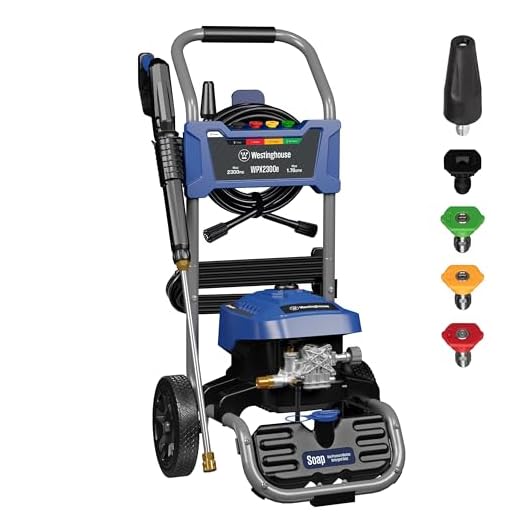



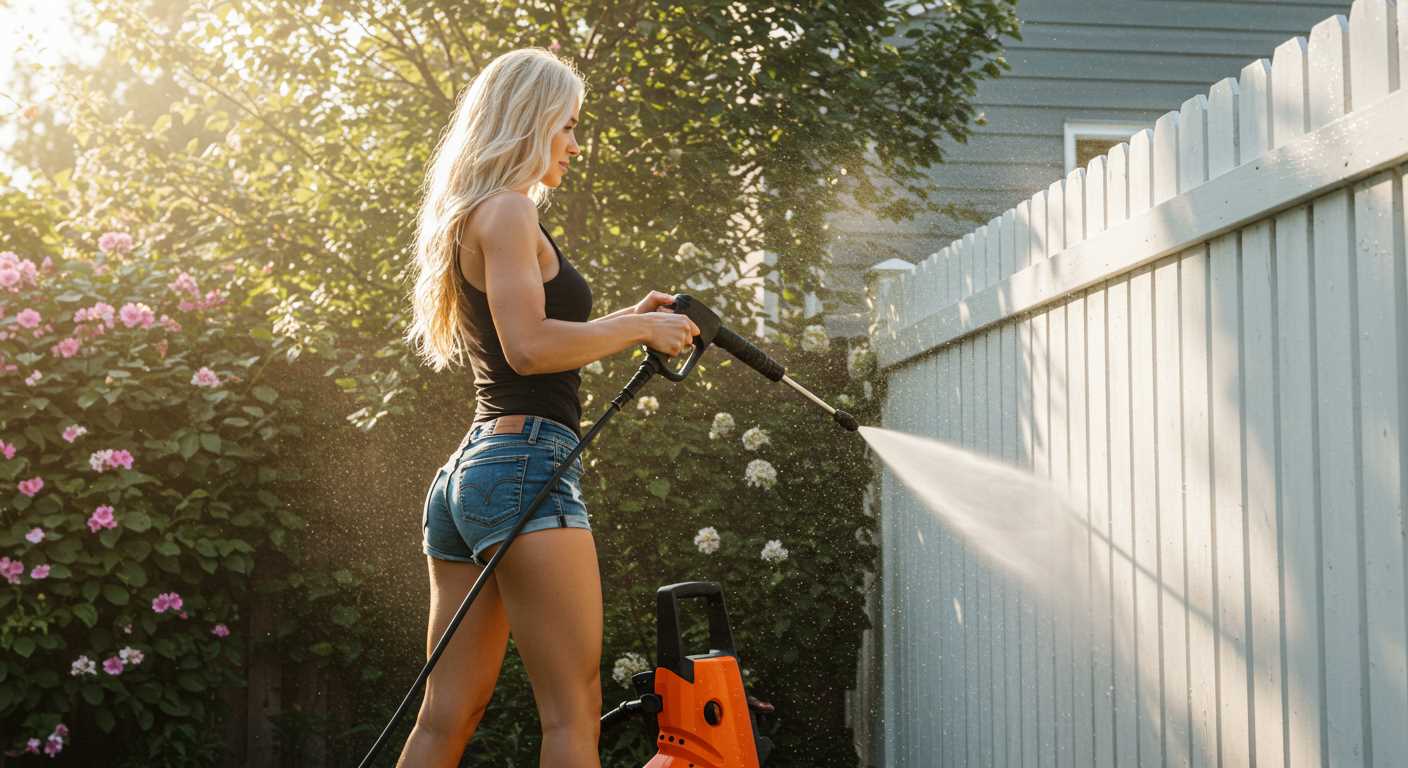
Absolutely, it’s possible to tackle the grime in your engine compartment with high-powered cleaning tools. However, caution is key. In my years of working with various cleaning machines, I’ve learned that while they can effectively remove dirt and debris, there are potential risks involved in applying such intense force in sensitive areas.
First and foremost, protect all electronic components and connectors. A simple water intrusion can lead to costly repairs. Before starting any cleaning, I recommend covering sensitive areas such as the alternator, fuse box, and any exposed wiring with plastic bags or cling film. This extra step can save you a headache later.
From my experience, using a wide-angle nozzle allows for a gentler spray. Keeping the nozzle at least two feet away from surfaces prevents damage to delicate components. It’s tempting to get up close for a deep clean, but patience pays off. Remember, a thorough wipe down with a cloth after rinsing can help remove residual water and prevent corrosion.
Incorporate a degreaser suitable for automotive use. Apply it before the rinse to break down stubborn grease. This method not only enhances cleaning efficiency but also minimises the need for excessive water pressure. Trust me, your engine will thank you for it.
Recommendations for Engine Cleaning with High-Pressure Equipment
Direct application of high-pressure cleaning tools on engine components is not advisable. The force generated can dislodge sensitive parts or sealants, leading to potential issues. Instead, consider the following practices for maintaining your engine bay safely.
Recommended Techniques
- Use Low-Pressure Settings: If you decide to clean, opt for a lower setting. This reduces the risk of damaging components.
- Avoid Electrical Components: Steer clear of areas containing wiring, connectors, and sensors. Water intrusion can lead to electrical failures.
- Cover Sensitive Areas: Use plastic bags or covers to protect critical components, such as the air intake and electrical systems.
Cleaning Agents
- Degreasers: Apply a biodegradable degreaser to break down grime before rinsing. This allows for a more thorough clean without excessive force.
- Soft Brushes: Combine cleaning agents with soft brushes to gently scrub stubborn areas. This method is safer than relying solely on high-pressure jets.
In my experience, taking a cautious approach yields the best results. Regular upkeep, using appropriate tools, and avoiding high-pressure applications can prolong the life of your engine and its components.
Understanding the Risks of Pressure Washing Engine Components
Directing high-pressure streams towards engine parts presents significant hazards. I’ve seen it firsthand; many enthusiasts underestimate the potential damage. Here are some crucial risks to consider.
- Electrical Systems: Water can infiltrate sensitive electronic components, leading to malfunctions. Disconnecting the battery is a wise first step to mitigate this risk.
- Seals and Gaskets: High pressure can dislodge or damage seals, resulting in leaks. This can lead to costly repairs if fluids escape from their intended areas.
- Corrosion: Certain materials, such as aluminium, may corrode when exposed to high-pressure water. It’s essential to assess the materials before applying forceful jets of water.
- Fluid Contamination: If water enters the engine, it can mix with oil or other fluids, compromising their integrity. This could lead to significant engine problems over time.
- Detachment of Components: Loose parts can be dislodged by strong currents, causing potential operational issues or even safety hazards while driving.
In my experience, taking a cautious approach is paramount. Instead of aggressive cleaning techniques, consider using soft cloths and gentle sprays to maintain cleanliness without risking damage. Always inspect the engine for any vulnerabilities before attempting any cleaning methods.
Identifying Safe Areas for Pressure Washing Under the Bonnet
Focus on non-electrical components when cleaning the engine compartment. Areas such as the plastic covers, aluminium parts, and the engine block can typically withstand the rigours of a high-powered stream. Avoid sensitive components like wiring harnesses, sensors, and connectors, which can be damaged easily.
Engine Covers and Housings
Engine covers are often made from durable materials and can handle a good rinse. Make sure to angle the nozzle to prevent water from getting into any crevices. Carefully clean these parts to remove grime without forcing water into the engine’s internals.
Fluid Reservoirs and Hoses
Rinse the exterior of fluid reservoirs and hoses gently. This will help remove dirt and debris that can lead to corrosion or blockage. Always check for any leaks before starting the cleaning process, and ensure that reservoir caps are tightly secured. For a thorough guide on preserving food, check out how to can deer meat with a pressure cooker.
Keep the nozzle at a safe distance, typically around 12-18 inches, to avoid forcing water into unwanted areas. By focusing on these safe zones, you can maintain a clean engine compartment without risking damage to vital components.
Recommended Pressure Settings for Cleaning Engine Parts
For optimal results, set the machine to a pressure between 1,200 and 1,800 PSI. This range effectively removes dirt and grease without risking damage to sensitive components.
Specific Pressure Settings by Component
| Engine Part | Recommended Pressure (PSI) |
|---|---|
| Battery | 1,200 |
| Plastic Covers | 1,300 |
| Metal Components | 1,500 |
| Wiring and Connectors | 1,200 |
| Throttle Body | 1,800 |
Additional Tips
Always maintain a distance of at least 2 feet from the surface being cleaned to prevent concentrated impact, which can lead to damage. Pairing the cleaning process with a suitable engine degreaser for pressure washer enhances cleaning efficiency, ensuring stubborn grease is effectively tackled.
In my experience, adjusting the angle of the nozzle can also make a significant difference. A wider spray pattern is gentler and less likely to cause harm, while a narrower focus is better for tough spots. Regularly check the equipment’s settings to ensure they remain optimal throughout the cleaning process.
Choosing the Right Nozzle for Engine Cleaning
.jpg)
For effective engine cleaning, selecting the appropriate nozzle is paramount. I recommend using a fan nozzle, particularly one with a 25-degree angle. This option provides a broad spray pattern, allowing you to cover larger areas without concentrating too much force on delicate components.
In my experience, avoiding narrow nozzles, like the zero-degree option, is wise. While they deliver intense pressure in a small area, they can easily damage sensitive parts such as wiring and plastic components. A wide spray reduces the risk of causing harm while still achieving a thorough clean.
For those stubborn areas requiring extra attention, a rotating or turbo nozzle can be beneficial. These nozzles combine the benefits of a fan spray with a rotating motion, providing a more powerful cleaning effect without the risk of damage typically associated with high-pressure settings.
When tackling dirt and grease, I found that using a detergent nozzle, usually colour-coded for ease of identification, can enhance cleaning performance. These nozzles allow for the application of cleaning solutions, which can then be rinsed away with a standard fan nozzle, ensuring a clean finish.
Always remember to maintain a safe distance from engine components. A distance of at least 12 inches is a good rule of thumb to prevent any potential damage from the water stream. Adjusting the angle of the nozzle to avoid direct hits on sensitive areas is a tactic I often employ.
Lastly, if you’re unsure about the right nozzle for your specific engine type, consult your vehicle’s manual or a professional. They can provide tailored advice, ensuring your cleaning efforts are both safe and effective.
Protecting Electrical Components While Cleaning
Always disconnect the battery before starting the cleaning process. It’s the simplest yet most effective way to prevent any electrical mishaps. I recall a time when I forgot this step; the result was a blown fuse and a frustrating afternoon spent on repairs. Make it a habit.
Utilising Protective Covers
Invest in waterproof covers for sensitive components. I found that covering the alternator, fuse box, and any exposed wiring can save a lot of headaches. When I had a client who routinely cleaned their engine without any barriers, they faced multiple electrical issues. A simple cover can act as a shield against unwanted water intrusion.
Inspecting After Cleaning
After the cleaning session, conduct a thorough inspection. Look for any moisture in connectors and electrical components. I often used a compressed air blower to dry out areas where water might have accumulated. This step is crucial; I’ve seen many engines fail to start simply because of residual water in the wrong places.
Proper Techniques for Pressure Washing the Engine Bay
Begin by ensuring the engine is cool. Hot components can lead to damage when exposed to high-pressure water. Once the engine has cooled, cover sensitive parts like the air intake, electrical connections, and exposed filters with plastic bags or cling film. This step is vital to prevent water from entering areas that can cause short circuits or corrosion.
Pre-Cleaning Preparation
Utilise a degreaser specifically formulated for automotive use. Apply it generously to greasy areas and allow it to sit for a few minutes to break down the grime. This pre-treatment significantly reduces the amount of water pressure needed, making the cleaning process safer for delicate components.
Washing Techniques
When it’s time to start rinsing, maintain a distance of at least two feet from the surface to avoid damaging parts. Use a wide fan nozzle to distribute the force evenly. Start from the top of the engine bay and work your way down, ensuring that any debris is pushed away rather than further into the engine. This method prevents dirt from settling on already cleaned areas.
After rinsing, check for any stubborn spots that may require additional attention. A soft brush can be handy for scrubbing away tough residues without risking scratches or damage to sensitive components.
Post-Cleaning Maintenance Tips for Engine Longevity
After cleaning the engine compartment, it’s crucial to focus on maintenance to enhance the lifespan of your vehicle’s components. First, ensure all cleaned areas are thoroughly dried to prevent moisture-related damage. Using compressed air can be effective in removing residual water from hard-to-reach spots.
Inspect and Reconnect
Once everything is dry, inspect all electrical connections and components. Ensure that connectors are secure and free from corrosion. A loose connection can cause electrical issues. If you find any signs of wear or damage, consider replacing the affected parts immediately.
Lubricate Moving Parts
After a wash, moving components such as belts, pulleys, and hinges may require lubrication. Use a suitable lubricant to prevent wear and tear. Pay special attention to the throttle linkage and any other moving parts that operate in the engine bay.
Regularly check fluid levels, including engine oil, coolant, and brake fluid. Top up as necessary to maintain optimal performance. Lastly, consider applying a protective dressing to plastic and rubber components to prevent cracking and fading over time.

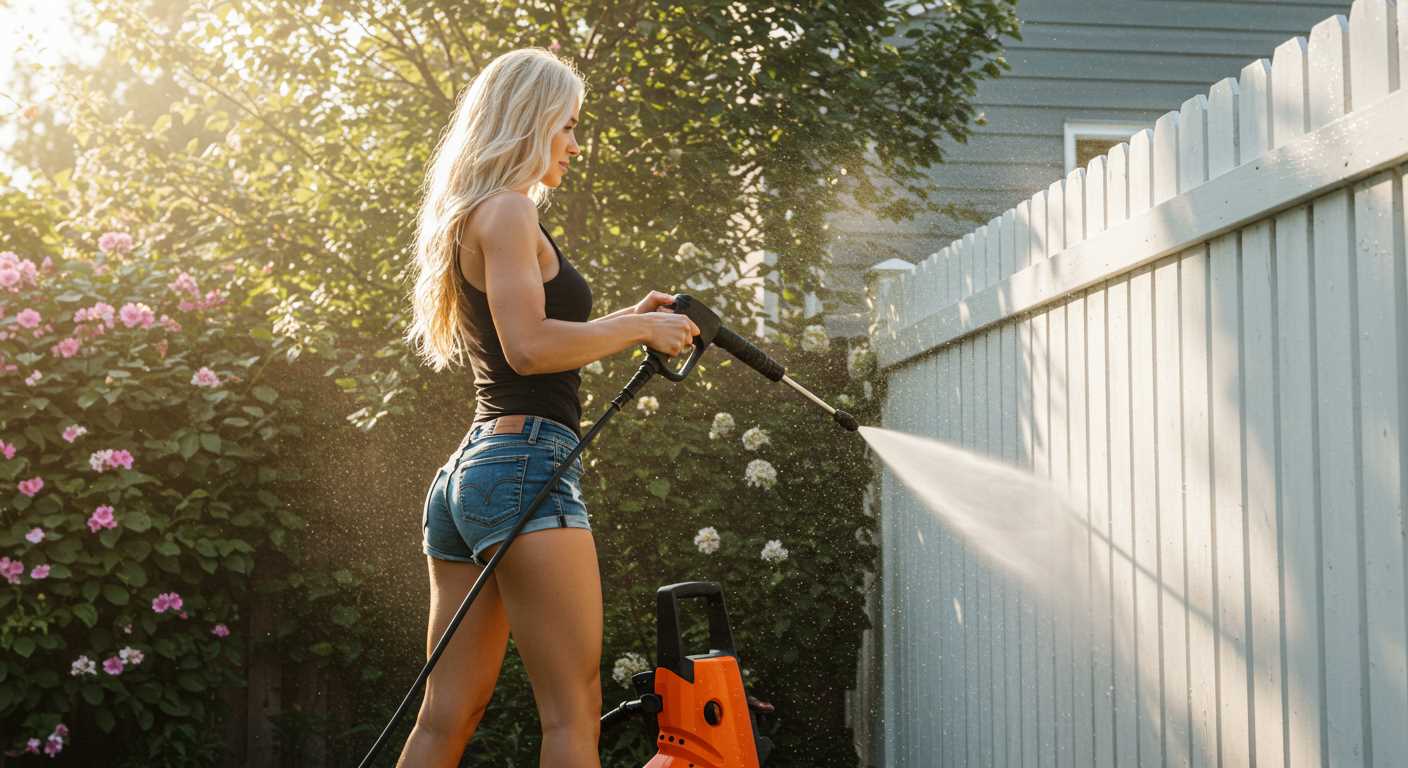


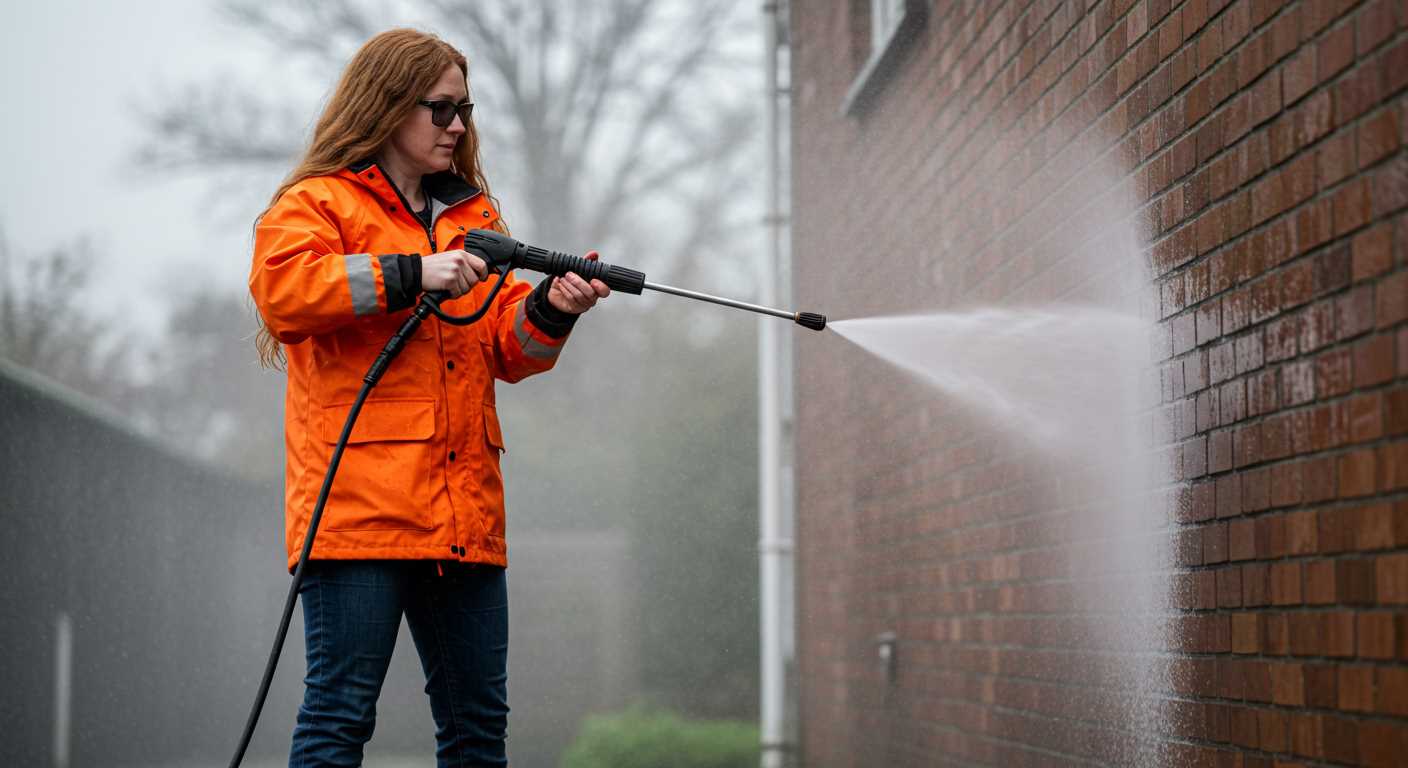
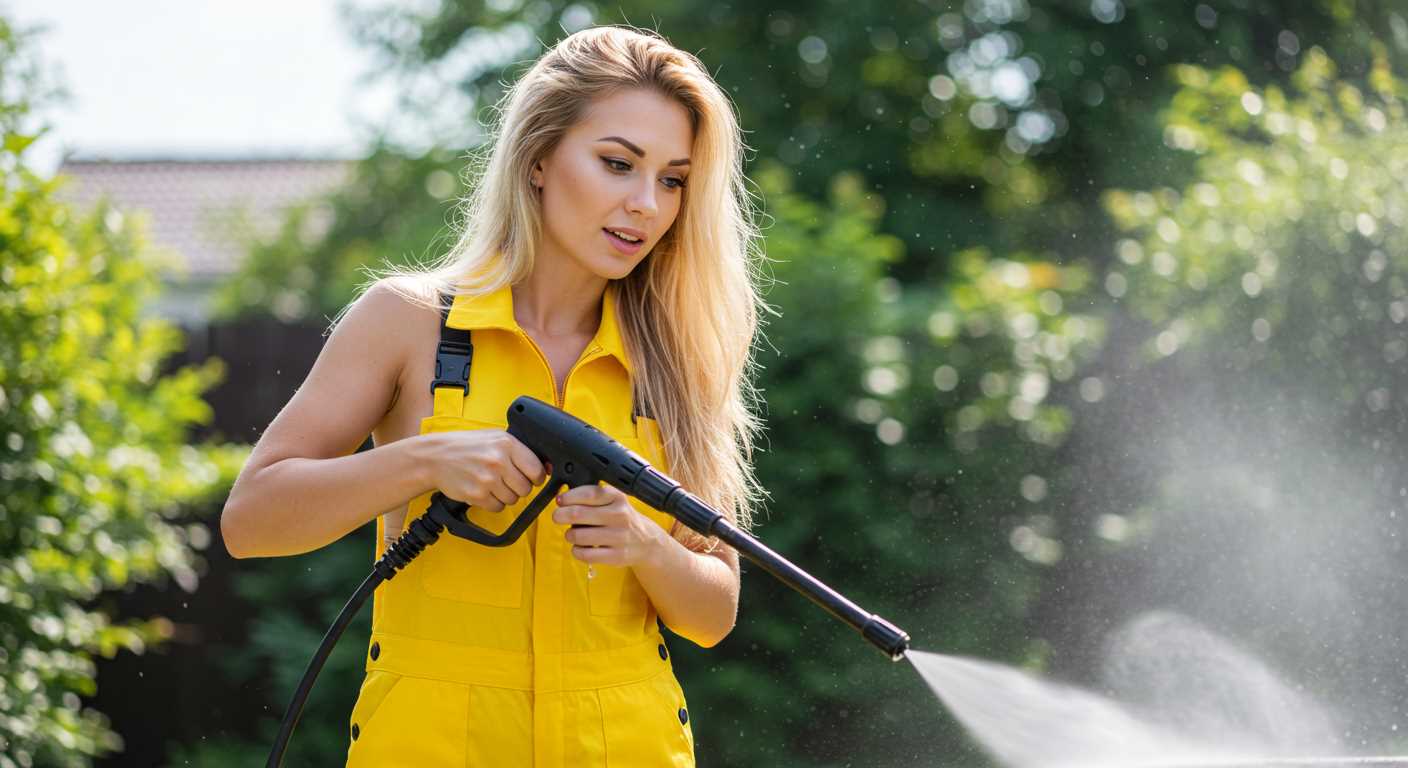
.jpg)


